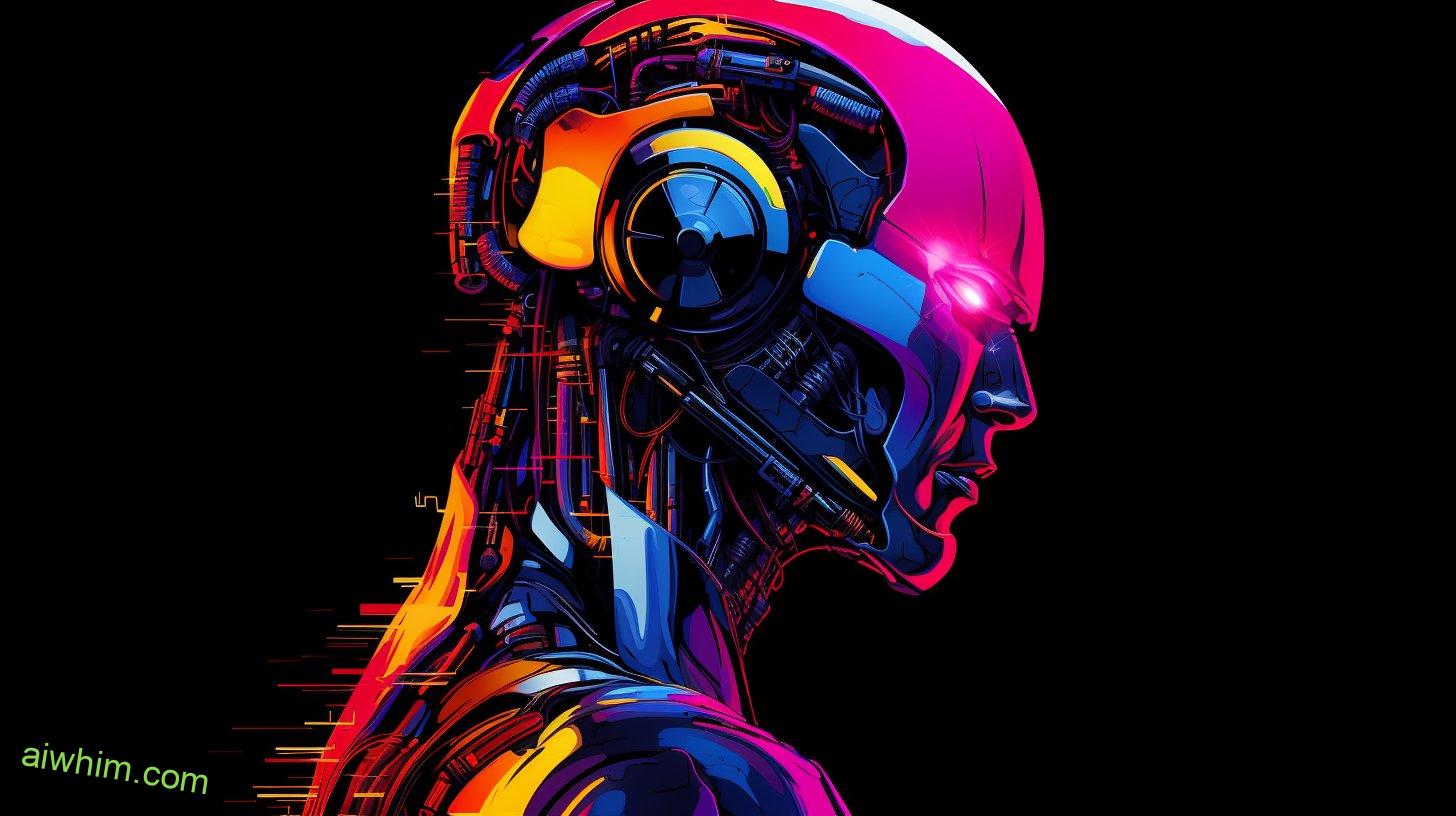Imagine a world where paintbrushes lie untouched and canvases remain blank, as the rise of Artificial Intelligence (AI) challenges the very essence of art therapy. As an art therapist, you find yourself standing at the crossroads of technological advancements and the human need for creative expression.
In this ever-evolving landscape, you are faced with questions about the role of AI in art therapy, the potential automation of therapeutic techniques, and the impact on client-therapist relationships.
How can you navigate these challenges while preserving the unique human element that makes art therapy so powerful? Join us as we explore the complexities of AI in art therapy and discover new opportunities amidst this rapidly changing world.
Key Takeaways
- AI enhances the effectiveness and accessibility of art therapy
- Potential automation of art therapy techniques can streamline and optimize the process
- AI has an impact on client-therapist relationships, introducing challenges in empathy and depersonalization
- Ethical concerns include invasion of privacy, bias, and maintaining a human-centered approach

The Role of AI in Art Therapy
AI plays a significant role in enhancing the effectiveness and accessibility of art therapy. With its potential applications, AI has the power to revolutionize the way art therapy is practiced and experienced. Through the use of AI, art therapists can now provide personalized and tailored interventions to individuals, leading to more effective and targeted treatment outcomes.
One of the potential applications of AI in art therapy is the development of virtual art therapy platforms. These platforms enable individuals to engage in art therapy sessions from the comfort of their own homes, eliminating geographical barriers and increasing accessibility. AI algorithms can analyze the artwork created by the individuals and provide real-time feedback, allowing for immediate reflection and self-discovery.
However, the integration of AI in art therapy also raises ethical implications. Privacy concerns arise when personal artwork and therapeutic information are stored and analyzed by AI systems. It’s crucial to ensure that individuals’ confidentiality and autonomy are respected, and that their personal data is protected.
Another ethical consideration is the impact of AI on the therapeutic relationship between art therapists and their clients. While AI can enhance the effectiveness of interventions, it can’t replace the human connection and empathy that art therapists provide. It’s essential to strike a balance between utilizing AI to enhance art therapy outcomes and preserving the unique qualities that make art therapy a deeply personal and human experience.

Potential Automation of Art Therapy Techniques
Automating art therapy techniques has the potential to streamline and optimize the therapeutic process. By incorporating artificial intelligence (AI) into art therapy sessions, you can experience potential benefits that enhance your overall experience. AI-powered tools can analyze your artwork, providing valuable insights and interpretations that can deepen your understanding of your emotions and experiences. This can help you gain new perspectives and facilitate personal growth.
One of the potential benefits of automating art therapy techniques is the ability to access therapy remotely. With AI, you can engage in art therapy sessions from the comfort of your own home, eliminating the need for physical visits to a therapist’s office. This can be particularly beneficial for individuals who live in remote areas or have limited mobility. Additionally, automating art therapy techniques can save you time and money, as you no longer need to commute to appointments or pay for transportation.
However, it’s essential to consider the ethical considerations surrounding the automation of art therapy techniques. While AI can provide valuable insights, it’s crucial to remember that art therapy is a deeply personal and subjective experience. The interpretation of your artwork should be done by a trained and qualified professional who understands the nuances of your unique situation. Relying solely on AI interpretations may overlook important aspects of your artwork and hinder the therapeutic process.
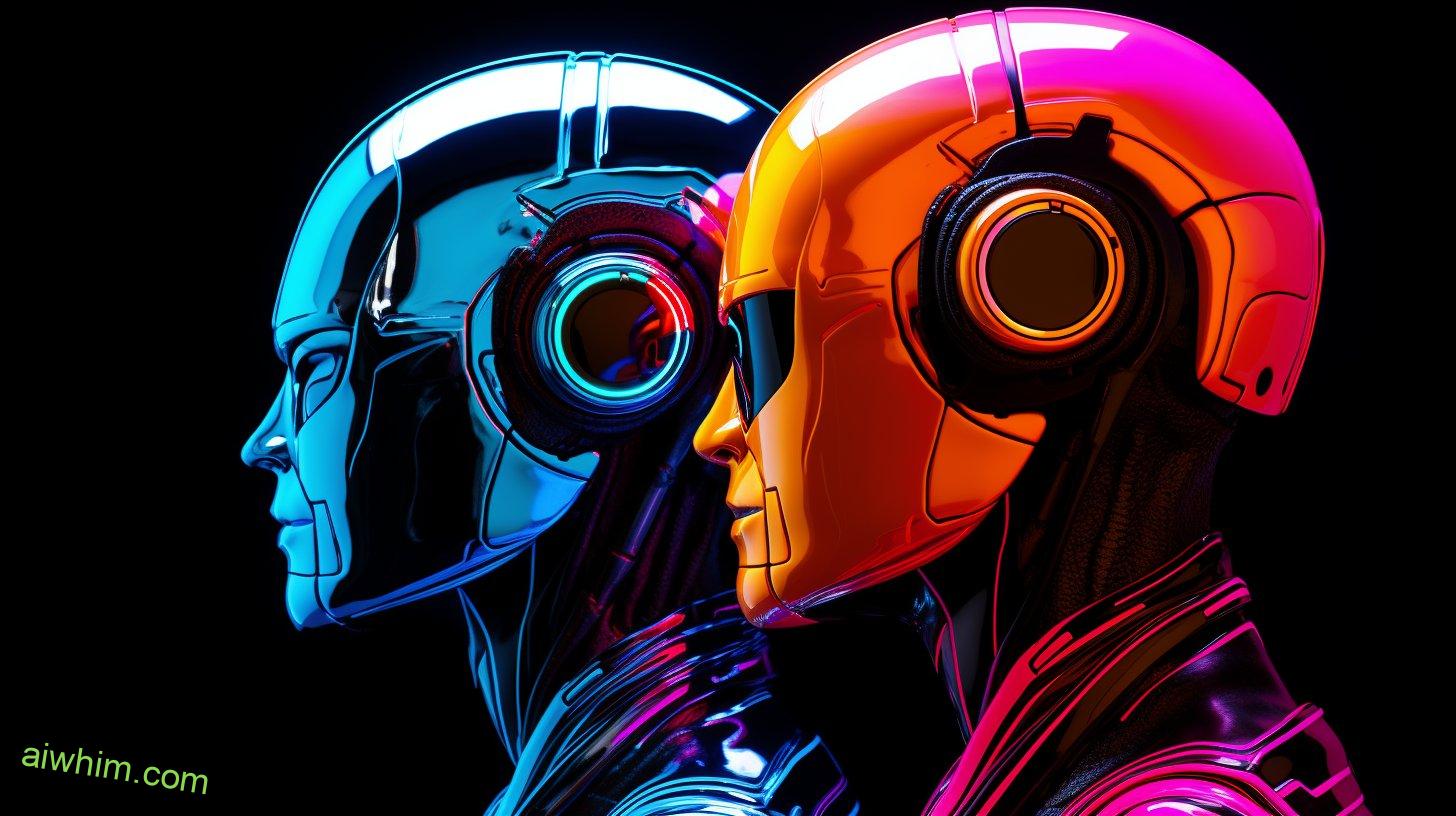
Impact of AI on Client-Therapist Relationships
The integration of AI in art therapy sessions can potentially impact the dynamic and rapport between clients and therapists. As technology advances and AI becomes more prevalent in the field of therapy, it’s important to consider the impact it may have on therapeutic outcomes and the role of empathy in client-therapist relationships.
- Enhanced therapeutic outcomes: AI has the potential to enhance therapeutic outcomes by providing therapists with additional tools and resources. AI-powered programs can analyze data and patterns, helping therapists gain insights into their clients’ progress and tailor their interventions accordingly. This could lead to more effective treatment plans and improved client outcomes.
- Challenges to empathy: Empathy is a key component of client-therapist relationships, as it allows therapists to understand and connect with their clients on an emotional level. However, the introduction of AI in therapy sessions may pose challenges to the development of empathy. Clients may feel a disconnect or lack of understanding if they perceive AI as unable to fully empathize with their experiences.
- Potential for depersonalization: The use of AI in therapy sessions may also lead to a potential depersonalization of the therapeutic relationship. Clients may feel that their experiences are being reduced to data points and algorithms, rather than being understood and validated by a human therapist. This depersonalization could hinder the development of trust and hinder the therapeutic process.
- Ethical considerations: The integration of AI in therapy raises important ethical considerations. Therapists must ensure that the use of AI is aligned with ethical guidelines and that client privacy and confidentiality are protected. Additionally, therapists must carefully balance the use of AI with maintaining a human-centered approach to therapy, ensuring that the client’s emotional needs are met.

Ethical Concerns Surrounding AI in Art Therapy
When incorporating AI into art therapy, it’s crucial to address the ethical concerns that arise. As AI becomes more prevalent in the field of art therapy, it raises important questions about the ethical implications and privacy concerns associated with its use.
One of the main ethical concerns surrounding AI in art therapy is the potential invasion of privacy. Art therapy sessions are typically a safe and confidential space for individuals to express themselves through art. However, with the introduction of AI, there’s a risk that personal and sensitive information could be collected and stored without the client’s consent. This raises concerns about the security and confidentiality of the data collected during these sessions.
Another ethical implication of AI in art therapy is the potential for bias or discrimination. AI systems are trained using large datasets, which can sometimes contain biased or discriminatory information. If these biases aren’t properly addressed, AI in art therapy could perpetuate stereotypes, reinforce harmful narratives, and potentially harm vulnerable individuals. It’s important to ensure that AI systems used in art therapy are unbiased and don’t discriminate against any individuals or groups.
Additionally, there’s a concern that AI in art therapy may replace the human connection and therapeutic relationship between the client and the art therapist. While AI can provide valuable insights and assistance, it shouldn’t be a substitute for human empathy, understanding, and intuition. It’s crucial to maintain the human element in art therapy and use AI as a tool to enhance rather than replace the therapeutic process.
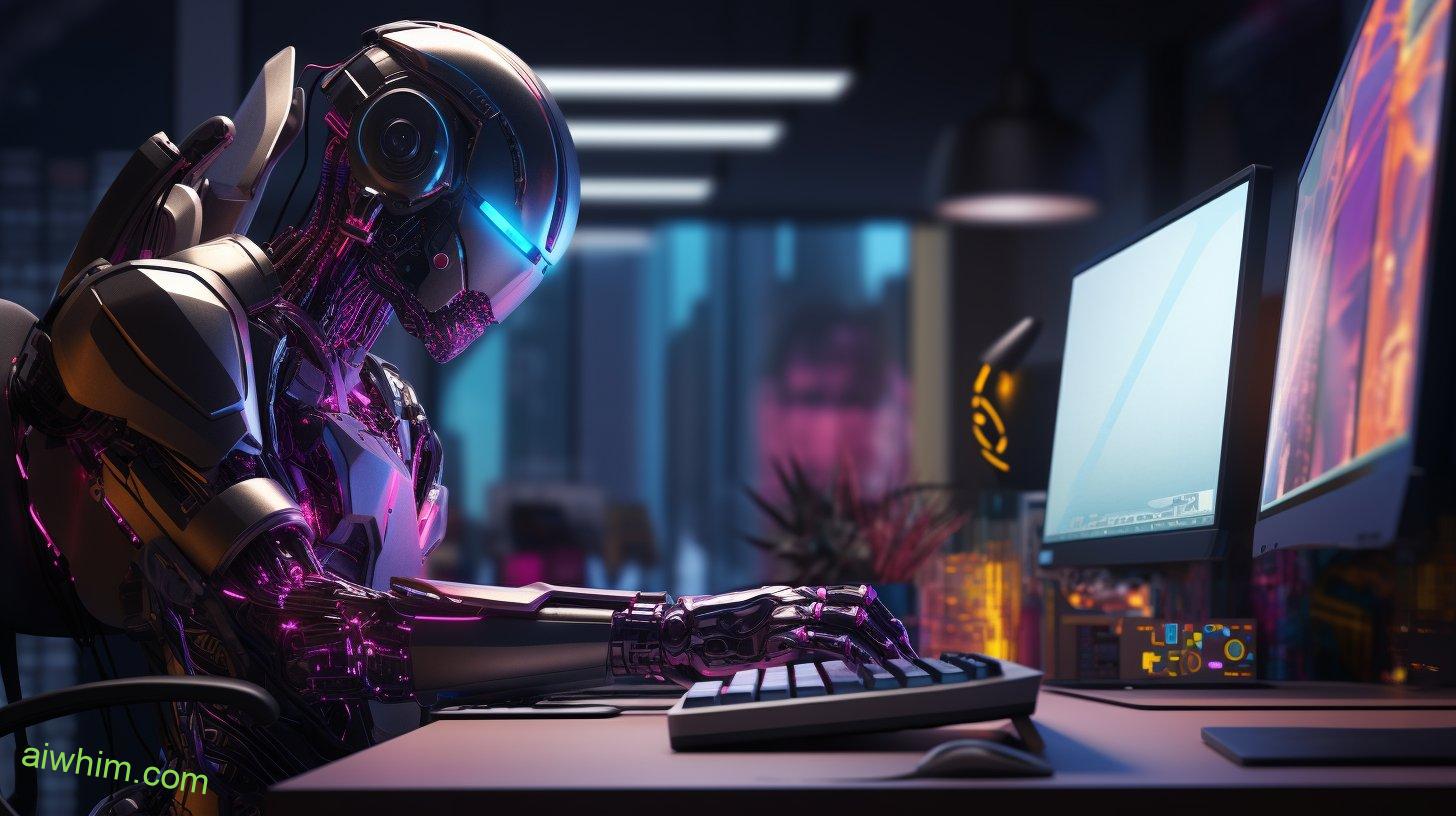
Maintaining the Human Element in Art Therapy
To preserve the essence of art therapy, it’s crucial to prioritize the human connection and therapeutic relationship between the client and the art therapist, while utilizing AI as a supplementary tool. While technology can enhance the art therapy process, it’s essential to maintain the human element to ensure the best possible outcomes for clients.
Here are some ways to maintain the human connection while integrating technology in art therapy:
- Emphasize the therapeutic relationship: The bond between the art therapist and the client is the foundation of art therapy. It’s important to prioritize building trust, empathy, and understanding to create a safe and supportive environment for the client.
- Use AI as a tool, not a replacement: AI can assist art therapists in various ways, such as providing art suggestions or analyzing emotional responses. However, it should never replace the human presence and intuition that art therapists bring to the therapeutic process.
- Encourage open communication: Art therapists should actively engage in dialogue with their clients, discussing their artwork, emotions, and experiences. This verbal interaction helps deepen the therapeutic relationship and ensures that the client feels heard and understood.
- Adapt technology to individual needs: Each client is unique, and their art therapy journey should be tailored to their specific needs. While technology can provide valuable resources, it’s important for art therapists to assess how AI tools can be customized to meet the individual needs and preferences of each client.
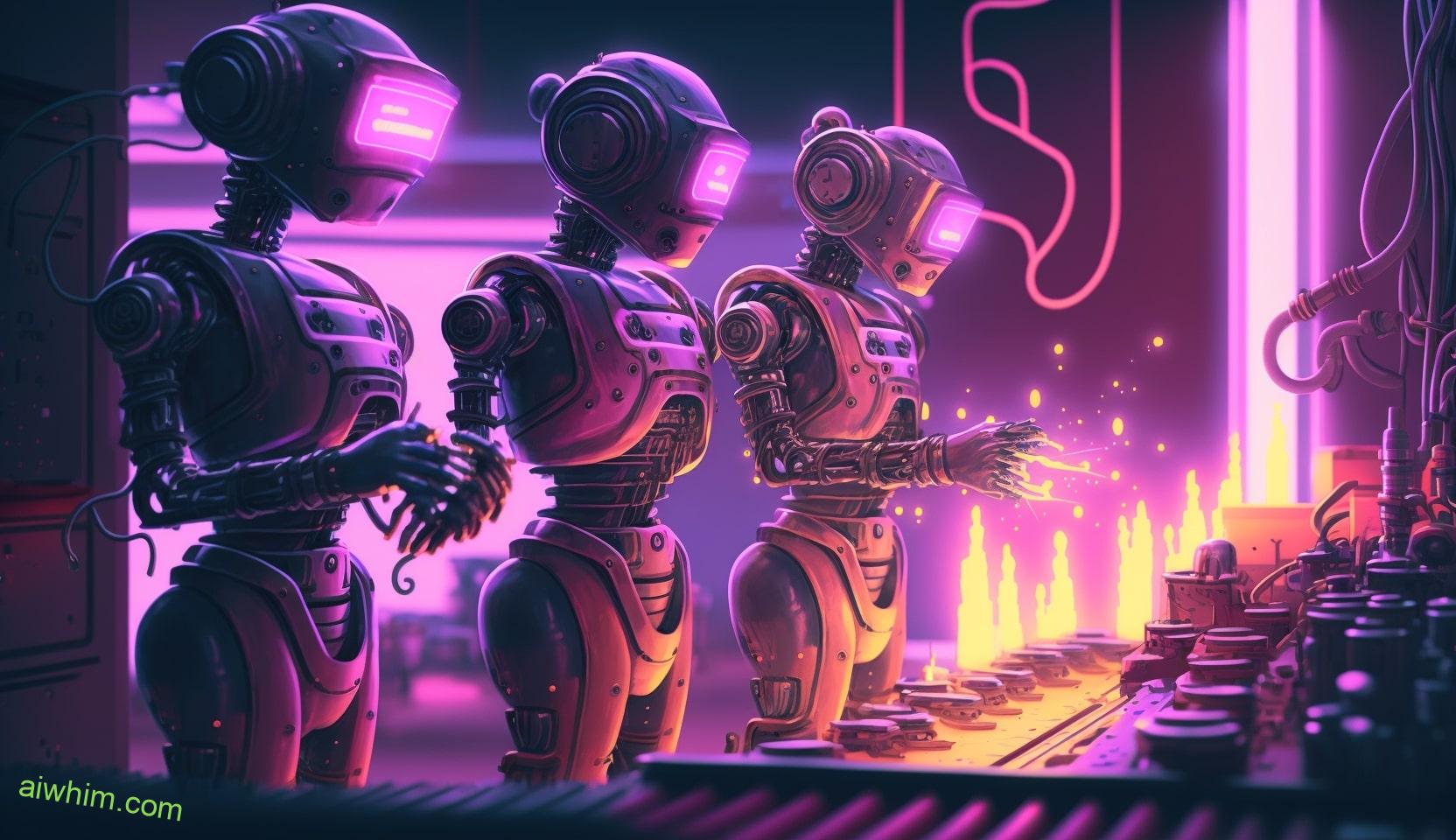
AI Tools and Their Limitations in Artistic Expression
While maintaining the human element is crucial in art therapy, it’s important to acknowledge the limitations of AI tools in facilitating artistic expression.
AI tools have undoubtedly made significant advancements in assisting artists and creative professionals, but they still have their limitations when it comes to the complexities of artistic expression.
AI tools can be helpful in generating ideas or providing basic guidance, but they often lack the nuance and depth that human artists possess. Creativity is a deeply personal and subjective process, and it’s challenging for AI tools to replicate the unique perspectives, emotions, and experiences that human artists bring to their work. AI tools may be able to mimic certain artistic styles or techniques, but they struggle to capture the essence of individual artistic expression.
One of the limitations of AI tools in art therapy is their inability to fully understand and empathize with human emotions. Art therapy is often used as a form of self-expression and emotional release, where individuals can communicate their feelings through their artwork. While AI tools can analyze and interpret visual elements, they lack the emotional intelligence required to comprehend the deeper meanings and emotional significance behind an individual’s art.
Furthermore, AI tools may also have limitations in adapting to the dynamic and evolving nature of art therapy sessions. Art therapy is a collaborative process between the therapist and the individual, where the therapist provides guidance and support based on the individual’s unique needs and goals. AI tools, on the other hand, follow predefined algorithms and lack the flexibility to adapt to the changing needs of the individual.
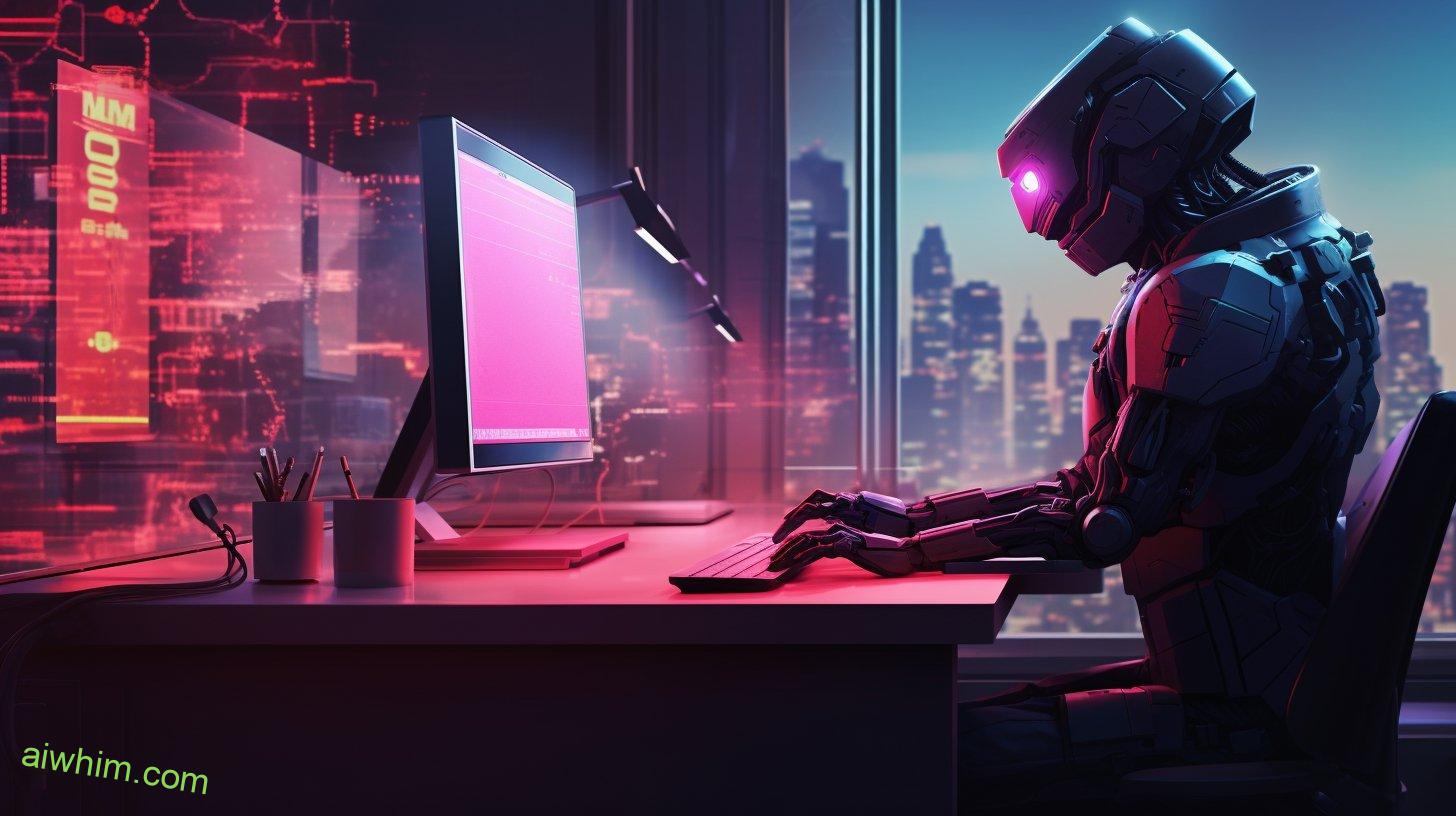
Balancing Technology and Traditional Art Therapy Methods
Art therapists must navigate the delicate balance between incorporating technology into their practice and preserving traditional art therapy methods. As technology advancements continue to shape our world, art therapists face the challenge of integrating these advancements without losing the essence of their traditional therapy methods.
Here are some key considerations to help you find the right balance:
- Embrace digital tools: Explore the use of digital platforms and software that can enhance the art therapy experience. These tools can provide new ways for clients to express themselves and offer opportunities for interactive and immersive therapeutic sessions.
- Maintain human connection: While technology can enhance the therapy process, it’s essential to remember that the core of art therapy lies in the human connection between the therapist and the client. Traditional methods such as face-to-face interactions, active listening, and non-verbal cues shouldn’t be replaced by technology.
- Blend the old and the new: Instead of viewing technology as a threat to traditional art therapy methods, consider how it can complement and enrich them. Incorporate digital tools alongside traditional art materials to offer a more diverse range of therapeutic options.
- Stay informed and adaptable: Keep up with the latest technology advancements and research in the field of art therapy. Be open to learning and adapting your practice to incorporate new tools and techniques that align with your therapeutic goals.
Finding the balance between technology and traditional therapy methods requires an understanding of the unique needs and preferences of each client. By integrating technology thoughtfully and purposefully, art therapists can create a dynamic and effective therapeutic experience that respects the foundations of their practice. Remember, the goal is to enhance the therapeutic process while honoring the power of human connection and self-expression through art.
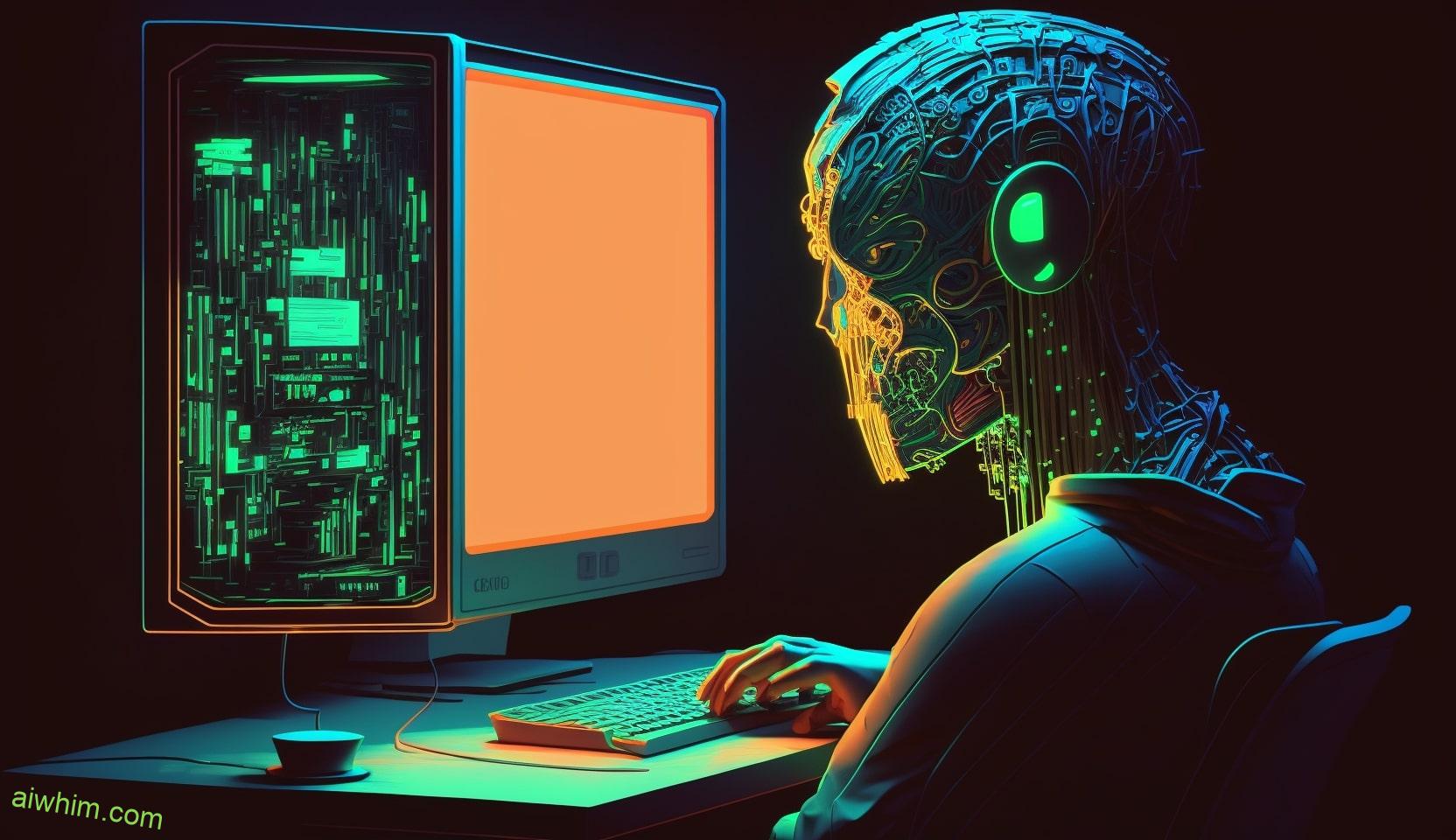
Training and Education for Art Therapists in the Age of AI
In the age of AI, you must adapt your training and education as an art therapist to incorporate the advancements and challenges presented by artificial intelligence. The integration of AI into art therapy poses both training challenges and opportunities for growth. As an art therapist, you need to stay updated with the latest developments in AI and understand how it can enhance your practice.
One of the training challenges you may face is learning how to effectively use AI tools and technologies in your art therapy sessions. This requires acquiring new skills and knowledge related to AI and its applications in the field. It may involve familiarizing yourself with different AI platforms, software, and tools that can assist you in analyzing and interpreting art created by your clients.
In addition to technical training, you also need to develop strategies for integrating AI into your practice while maintaining the human touch that’s essential in art therapy. Finding the right balance between technology and traditional art therapy methods is crucial. You can explore ways to incorporate AI as a supportive tool in your sessions, using it to complement your expertise rather than replace it.
Another aspect of training and education in the age of AI is staying informed about ethical considerations and privacy concerns related to the use of AI in art therapy. Understanding the potential risks and benefits of AI is important in ensuring the well-being and confidentiality of your clients.
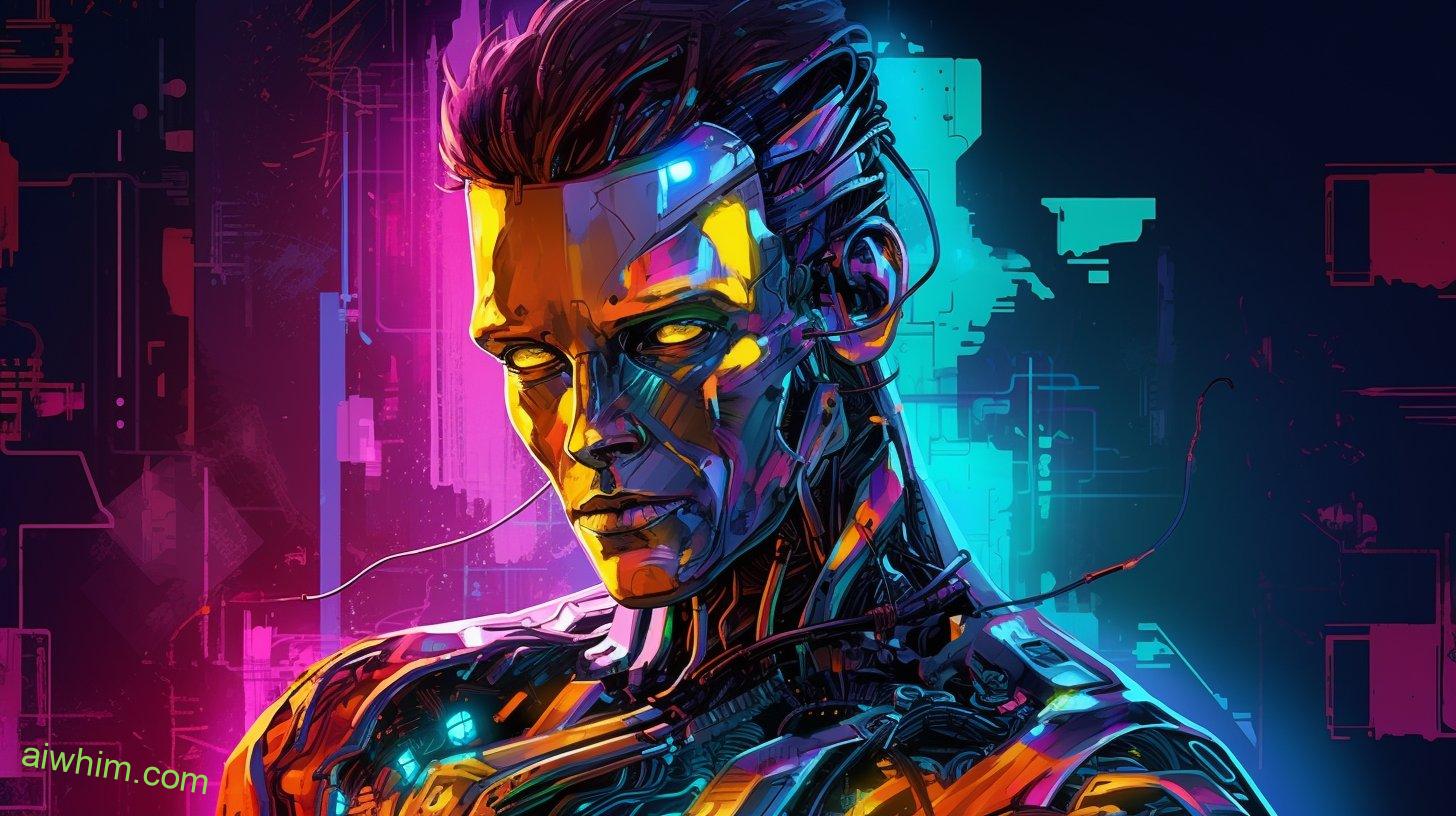
Understanding the Benefits and Drawbacks of AI in Art Therapy
To fully grasp the impact of AI in art therapy, it’s essential to explore the advantages and disadvantages it brings to the field. While the integration of technology in art therapy has the potential to revolutionize the way therapists work with their clients, it also raises concerns about the automation of therapeutic techniques.
Here are some benefits and drawbacks of AI in art therapy:
- Advantages:
- Enhanced accessibility: AI can make art therapy more accessible to a wider range of people by providing virtual platforms for therapy sessions, eliminating geographical barriers, and allowing individuals to engage in therapy from the comfort of their own homes.
- Efficiency: AI can automate certain repetitive tasks, such as data analysis and documentation, allowing art therapists to focus more on their clients and the therapeutic process.
- Personalization: AI algorithms can analyze and interpret art expressions, helping therapists gain insights into their clients’ emotions and experiences. This can lead to more personalized and targeted interventions.
- Collaboration: AI can facilitate collaboration between art therapists and other healthcare professionals by providing a platform for sharing and analyzing data, promoting interdisciplinary approaches to therapy.
- Drawbacks:
- Loss of human connection: The integration of AI may potentially diminish the human connection between the therapist and the client, as technology can’t fully replicate the empathy and understanding that comes from face-to-face interactions.
- Ethical concerns: There are ethical considerations surrounding the use of AI in art therapy, such as privacy issues related to data collection and storage, as well as the potential for bias in algorithms used for interpretation.
- Limited creativity: While AI can assist in the interpretation of art expressions, there’s a risk that it may stifle the creative process by providing predefined interpretations, limiting the exploration of alternative meanings and possibilities.
- Skill development: Relying too heavily on AI for therapeutic techniques may hinder the development of essential skills for art therapists, such as intuition, empathy, and the ability to adapt to individual client needs.
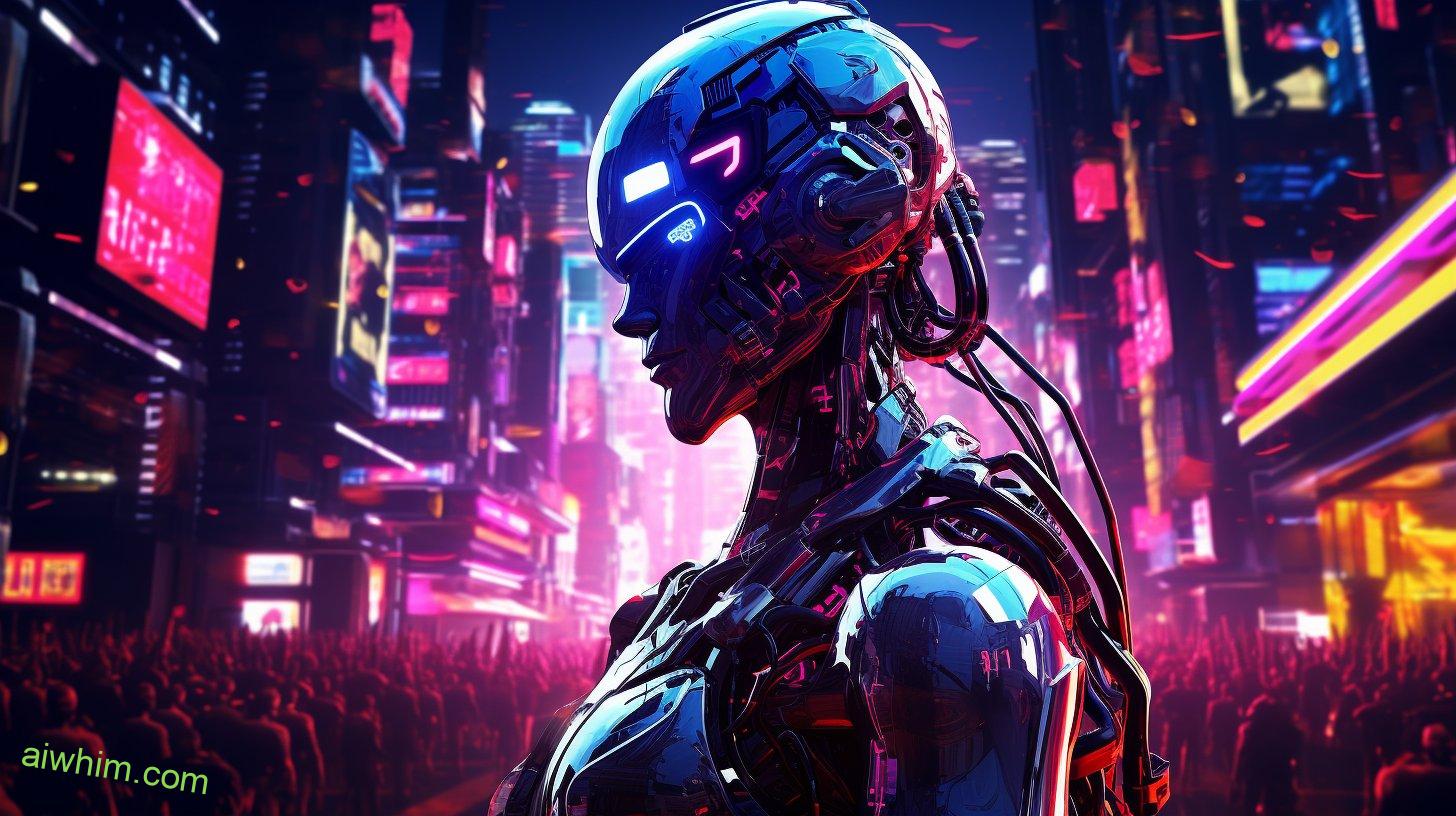
Collaborating With AI as a Tool in Art Therapy
Using AI as a tool in art therapy allows you, as a therapist, to collaborate with technology to enhance the therapeutic process. The collaborative potential between you and AI opens up a world of possibilities in the field of art therapy. AI can assist you in various ways, such as analyzing artwork, providing real-time feedback, and generating personalized therapeutic interventions. These therapeutic applications of AI can greatly benefit both you and your clients.
One of the key advantages of collaborating with AI in art therapy is the ability to analyze artwork. AI algorithms can analyze and interpret the visual elements of the artwork, providing insights into the client’s emotions, thoughts, and experiences. This analysis can help you gain a deeper understanding of your client and guide the therapeutic process more effectively.
Additionally, AI can provide real-time feedback during art therapy sessions. Through computer vision and machine learning, AI can analyze the client’s art in real-time and provide immediate feedback on their progress. This feedback can be invaluable, as it allows you to address any issues or concerns promptly, enhancing the client’s overall experience and progress.
Moreover, AI has the potential to generate personalized therapeutic interventions based on the client’s artwork and other relevant data. With the help of AI, you can create customized treatment plans that are tailored to the client’s unique needs and preferences. This level of personalization can significantly enhance the effectiveness of art therapy and improve client outcomes.
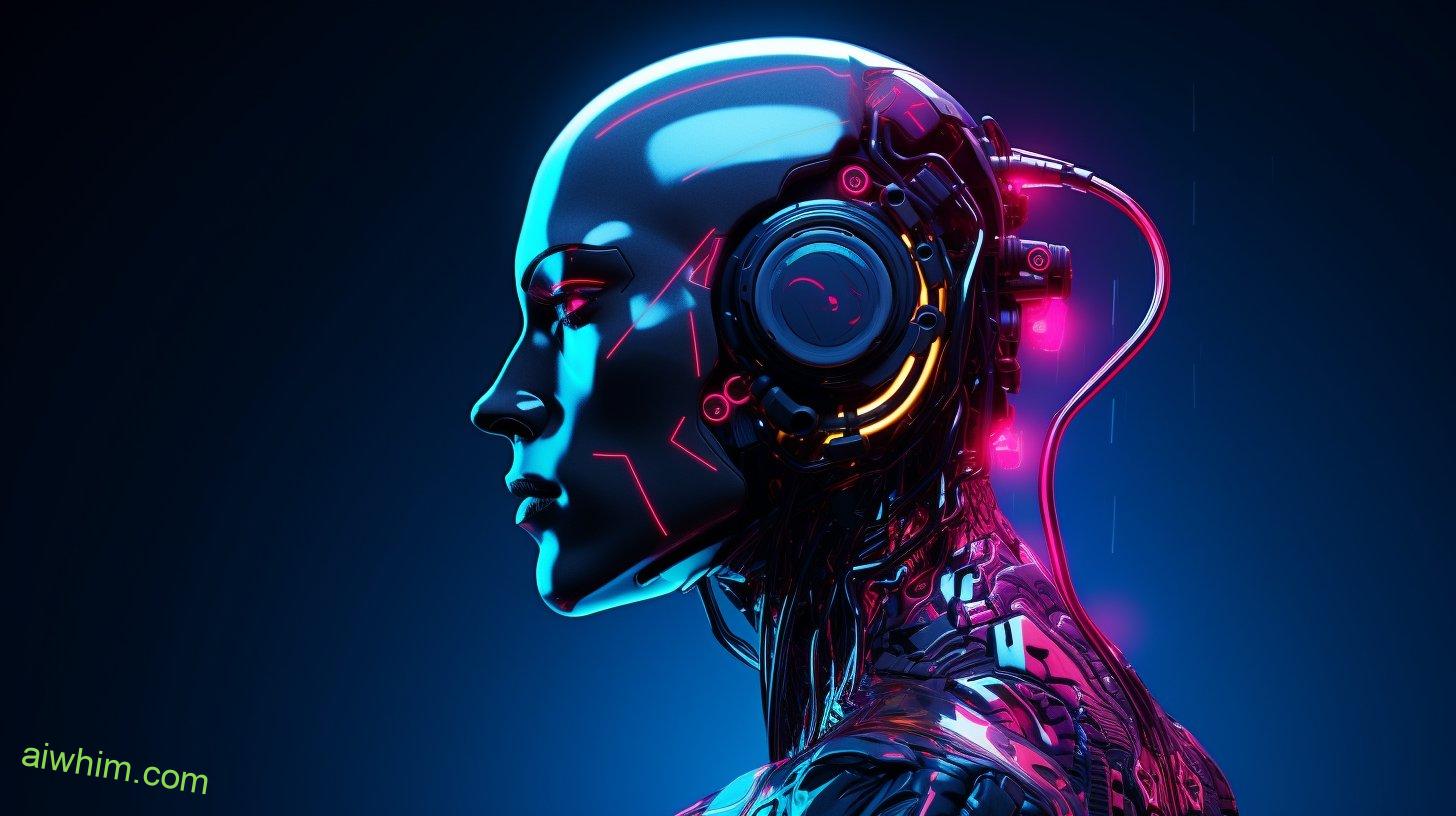
Addressing Fears and Misconceptions About AI Replacing Art Therapists
Art therapists shouldn’t fear the idea of AI replacing their jobs, as technology can actually complement and enhance their therapeutic practice. While AI may bring about certain challenges in the field of art therapy, it’s important to address the fears and misconceptions surrounding the potential replacement of art therapists by AI.
Here are some key points to consider:
- AI as a tool, not a replacement: AI is designed to assist art therapists, not replace them. It can provide valuable insights, data analysis, and support in the therapeutic process.
- Enhancing creativity and exploration: AI algorithms can inspire creativity and encourage exploration in art therapy sessions. They can offer new perspectives and ideas that can enrich the therapeutic experience.
- Expanding accessibility and reach: AI can help overcome barriers to access by providing virtual art therapy sessions, allowing individuals to receive therapy regardless of their location or physical abilities.
- Maintaining the human touch: The essence of art therapy lies in the human connection between the therapist and the client. AI can’t replicate the empathy, intuition, and emotional understanding that art therapists bring to their practice.
It is crucial to acknowledge that AI isn’t meant to replace art therapists, but rather to support and enhance their work. By embracing technology as a tool, art therapists can leverage AI’s capabilities to augment their practice and provide more effective and inclusive therapeutic experiences.

Exploring New Opportunities for Art Therapists in the AI Era
As an art therapist, you have the exciting opportunity to embrace the potential of AI and explore new opportunities in the AI era. The integration of technology into your practice opens up a whole new world of possibilities, allowing you to expand your role and create new job opportunities for yourself.
One of the new job roles that you can explore is that of an AI art therapy consultant. With your expertise in both art therapy and AI, you can provide guidance and support to other art therapists who are looking to incorporate AI into their practice. You can help them navigate the intricacies of integrating technology into their therapy sessions and ensure that they’re using AI in an ethical and responsible manner.
Additionally, you can also consider becoming an AI art therapist yourself. By combining your knowledge of art therapy with AI algorithms and machine learning, you can develop innovative therapeutic programs and interventions. These programs can be personalized to meet the specific needs and preferences of your clients, enhancing the effectiveness of your therapy sessions.
Furthermore, as AI continues to advance, there may be opportunities for you to collaborate with AI developers and researchers in creating new AI tools specifically designed for art therapy. This collaboration can lead to the development of cutting-edge technologies that can revolutionize the field of art therapy and provide new avenues for healing and self-expression.
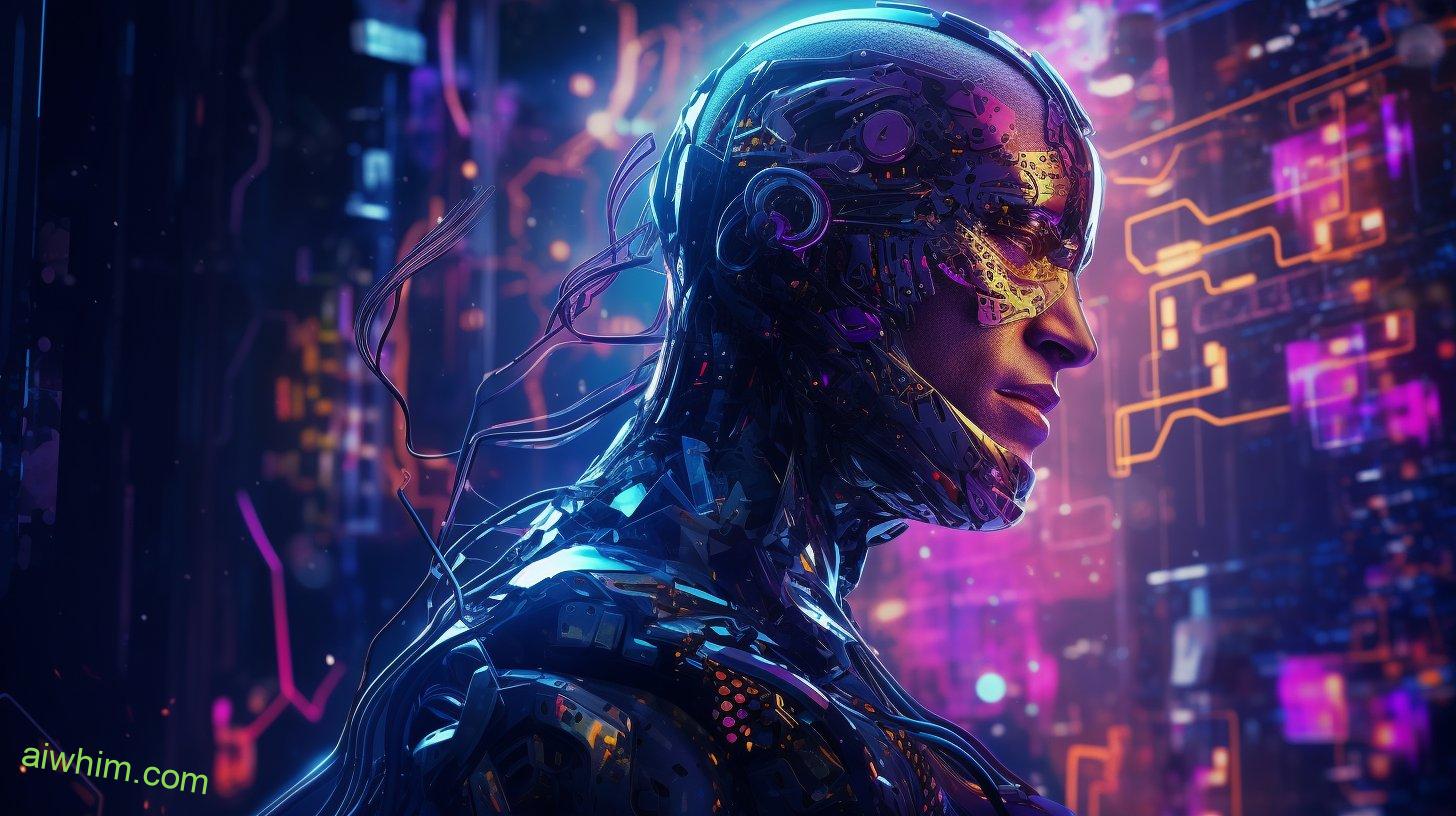
Adapting to the Changing Landscape of Art Therapy With AI
With the rapid advancement of AI, art therapists must adapt to the changing landscape and embrace the integration of technology into their practice. As an art therapist, you have the opportunity to explore AI assisted art therapy techniques and discover how they can enhance your work.
Here are some ways you can adapt to the changing landscape of art therapy with AI:
- Integrating AI tools in art therapy research: AI can assist in analyzing large amounts of data, allowing you to conduct more comprehensive research studies. By using AI tools, you can gain insights into the effectiveness of different art therapy interventions, identify patterns, and make evidence-based decisions.
- Exploring AI assisted art therapy techniques: AI can serve as a valuable tool in the art therapy process. For example, you can use AI to generate art prompts based on a client’s emotions or preferences, providing them with a more personalized and engaging therapeutic experience. Additionally, AI can help analyze and interpret clients’ art, aiding in the understanding of their emotions and progress.
- Collaborating with AI experts: As an art therapist, you can collaborate with AI experts to develop innovative technologies that support your practice. By working together, you can create AI tools specific to art therapy that cater to the unique needs and goals of your clients.
- Adapting ethical guidelines: As AI becomes more integrated into art therapy, it’s crucial to adapt ethical guidelines to ensure the responsible and ethical use of technology. This includes considerations such as privacy, consent, and the potential impact of AI on the therapeutic relationship.
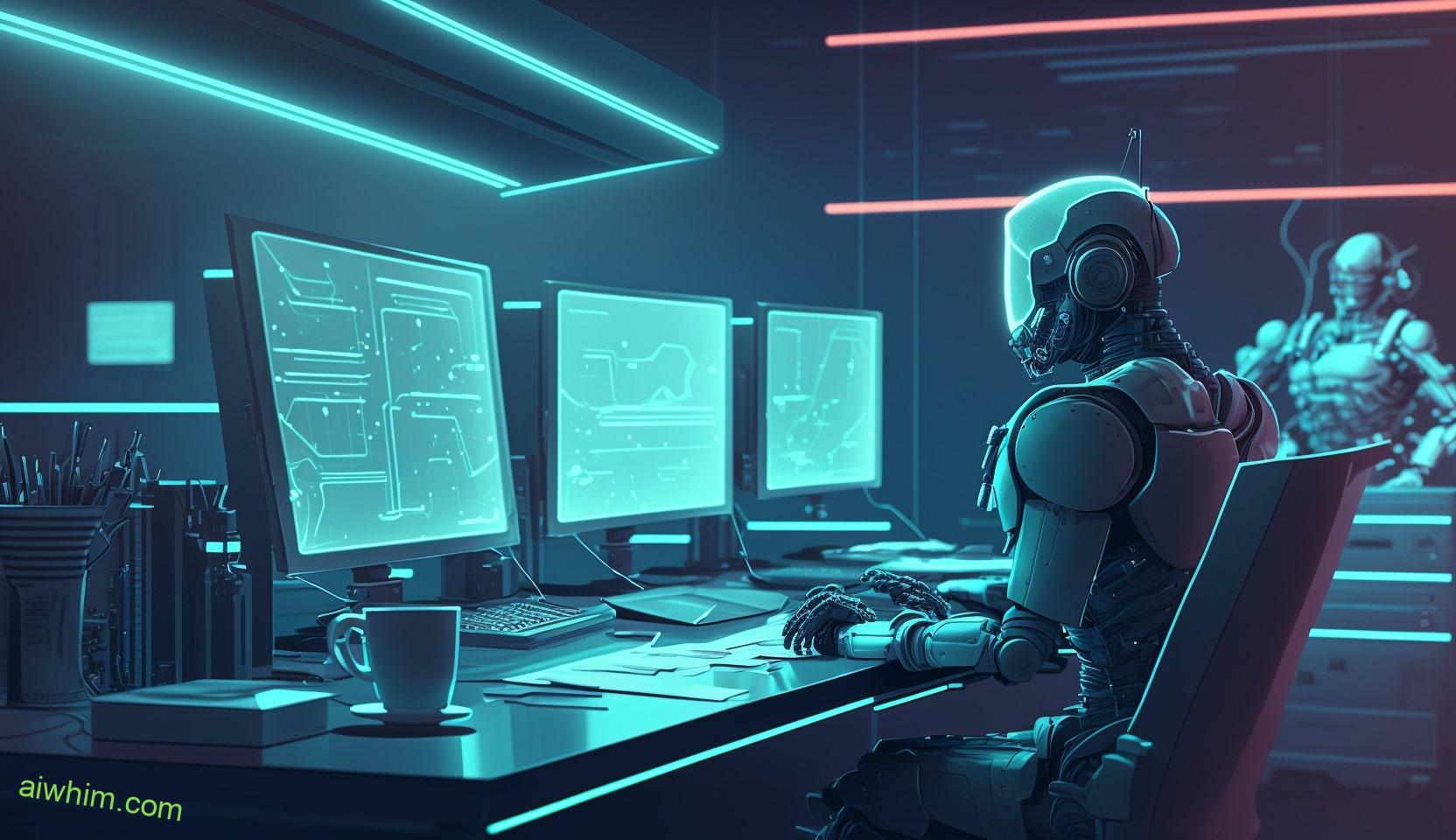
Advocating for the Value of Art Therapists Amidst AI Advancements
Advocating for the value of art therapists amidst the advancements of AI is essential to recognize their unique expertise and contributions to the field. While AI has the potential to automate creative processes and assist in art therapy research, it can’t replace the human touch and empathetic connection that art therapists bring to their practice.
Art therapists play a crucial role in helping individuals express their emotions, process trauma, and enhance their overall well-being through art. They possess a deep understanding of the therapeutic power of creativity and the complex dynamics of the human mind. AI may be able to generate art or analyze data in art therapy research, but it lacks the ability to truly comprehend the nuances of human experience and provide the personalized support that art therapists offer.
Integrating AI in art therapy research can be beneficial in terms of data analysis and identifying patterns. However, it’s important to remember that art therapy is a deeply personal and subjective process. Art therapists are skilled at interpreting and understanding the unique symbolism and meaning behind each individual’s artistic expression. Their expertise is invaluable in guiding clients through their creative journey and helping them unlock their innermost thoughts and emotions.
Moreover, art therapists provide a safe and supportive environment for individuals to explore their creativity and heal. They offer empathy, active listening, and a non-judgmental space for clients to freely express themselves without fear of being misunderstood or invalidated. These human qualities are irreplaceable and can’t be replicated by AI.
In advocating for the value of art therapists, it’s crucial to highlight their ability to build genuine connections and provide individualized care. While AI may have its place in certain aspects of art therapy, it’s the art therapists themselves who bring the human touch and the transformative power of creativity to the forefront. Let’s recognize and celebrate their unique contributions to the field, ensuring that their expertise and compassionate support continue to be valued in an increasingly technological world.
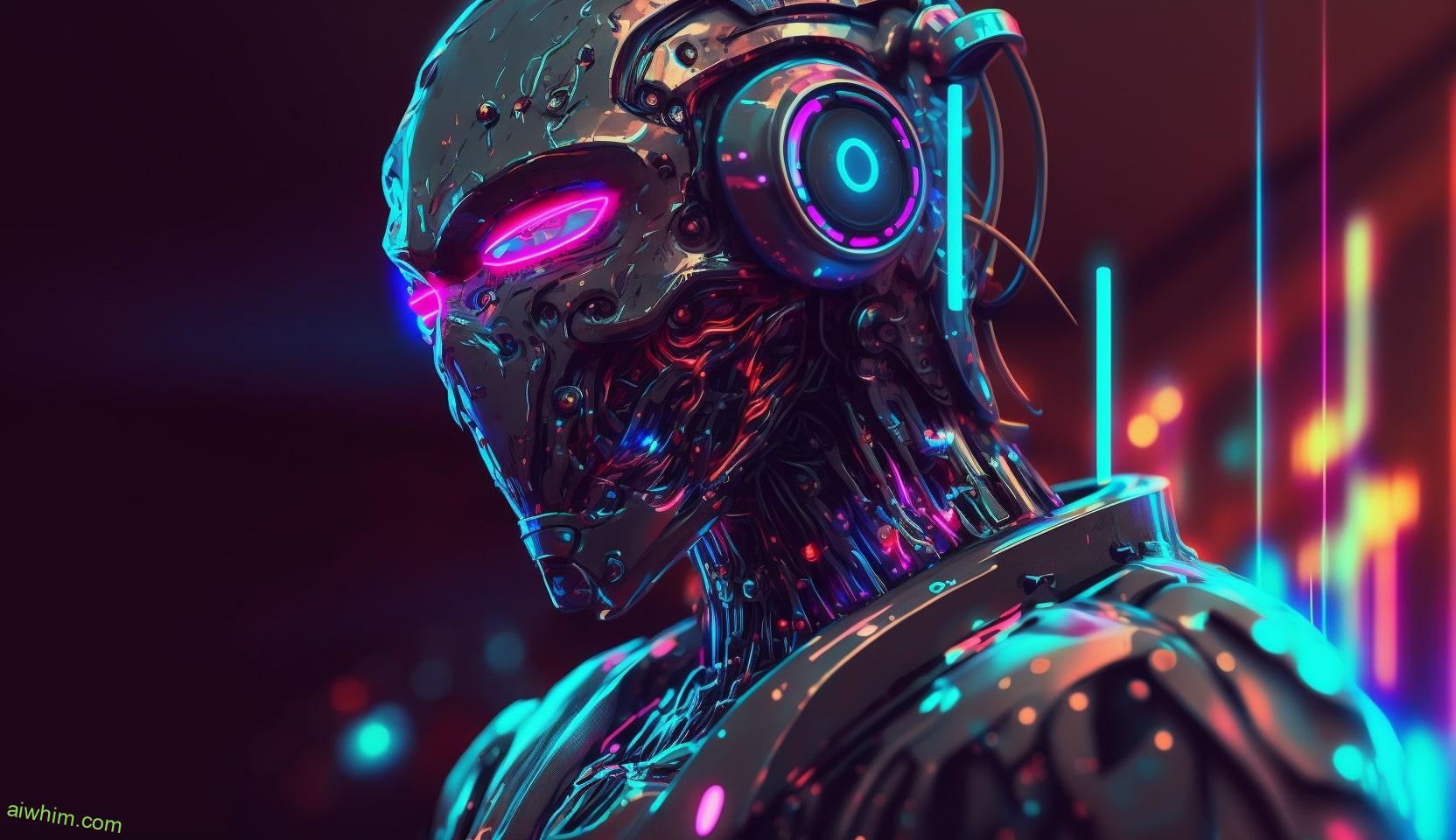
The Future of Art Therapy in an Ai-Dominated World
Recognizing the growing dominance of AI, the future of art therapy poses new challenges and opportunities for practitioners in navigating an increasingly technology-driven world. As AI continues to advance, it’s important to consider the implications for art therapy and the potential challenges that lie ahead. Here are some key points to ponder:
- Adapting to technological advancements: In an AI-dominated world, art therapists will need to adapt to new technologies and incorporate them into their practice. This might involve using virtual reality tools for immersive therapy sessions or exploring innovative ways to combine art therapy with AI-assisted interventions.
- Maintaining the human element: While AI can provide valuable tools and resources, it’s important to remember the unique human touch that art therapists bring to their work. As technology becomes more prevalent, art therapists must find ways to preserve the personal connection and empathy that’s crucial to the therapeutic process.
- Ethical considerations: The rise of AI raises ethical questions for art therapists. Issues such as privacy, data security, and the potential for bias in AI algorithms need to be carefully addressed to ensure that the use of technology in art therapy remains safe and beneficial for clients.
- Embracing collaboration: As technology continues to evolve, collaboration between art therapists and AI experts will become increasingly important. By working together, they can develop AI tools and platforms that enhance the art therapy experience, while also addressing and mitigating any potential challenges or risks.
The future of art therapy in an AI-dominated world is both exciting and uncertain. While there are challenges to be faced, there are also opportunities for growth and innovation. By staying informed, adaptable, and mindful of the unique value they bring, art therapists can continue to make a meaningful impact in the lives of their clients, even in the face of a technology-driven future.
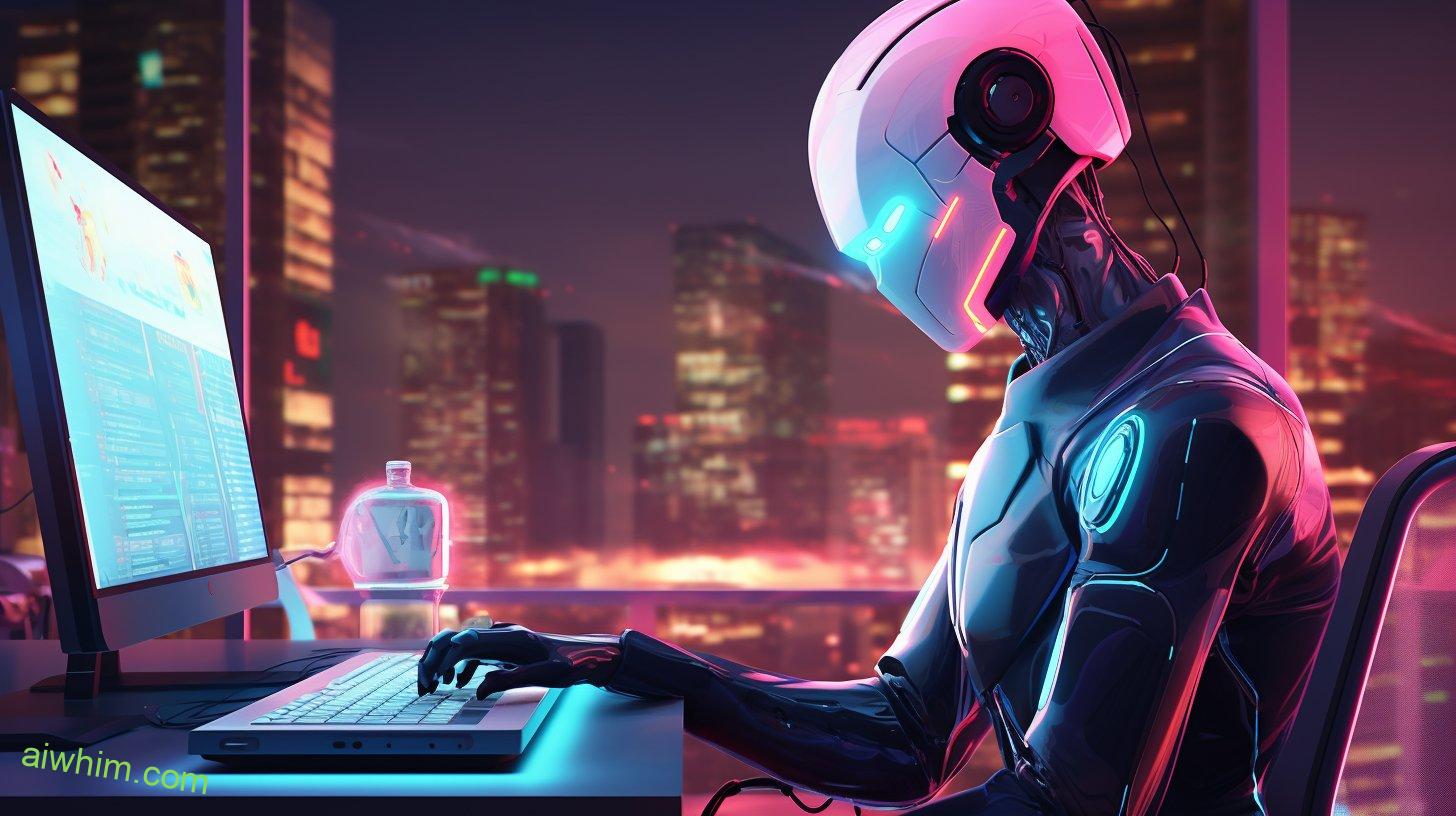
Frequently Asked Questions
How Can Art Therapists Maintain the Human Element in Their Practice While Incorporating AI Tools?
To maintain the human element in your art therapy practice while using AI tools, focus on maintaining empathy and ensuring ethical practices. Remember that technology should enhance, not replace, the connection between you and your clients.
What Are the Limitations of AI in Expressing Emotions and Creativity in Art Therapy?
AI has limitations in expressing emotions and fostering creativity in art therapy. It struggles to capture the depth and complexity of human emotions, hindering the therapeutic process. Incorporating AI tools may pose challenges in maintaining the human element and individuality in art therapy sessions.
How Can Art Therapists Balance the Use of Technology With Traditional Art Therapy Methods?
You can balance the use of technology with traditional art therapy methods by considering the ethical implications and integration challenges. It’s important to find a harmonious blend that respects human creativity and emotions while harnessing the power of AI.
What Training and Education Opportunities Are Available for Art Therapists to Adapt to the Age of Ai?
You can find countless opportunities to adapt to the age of AI! Online courses and professional development programs are available to help you stay ahead and embrace the wonders of technology in your art therapy practice. So, dive right in and unleash your creative potential!
How Can Art Therapists Address Fears and Misconceptions About AI Replacing Their Role in Art Therapy?
You can address fears and misconceptions about AI replacing your role in art therapy by educating others about the unique benefits of human interaction, empathy, and creativity that only you can provide.

Conclusion
As AI continues to advance, art therapists face new challenges in maintaining their role and value in the field. One interesting statistic to consider is that 83% of art therapists believe that while AI may automate certain techniques, the human element and connection in therapy can’t be replicated.
This imagery highlights the crucial role art therapists play in providing emotional support and understanding to their clients, even in the face of technological advancements.




